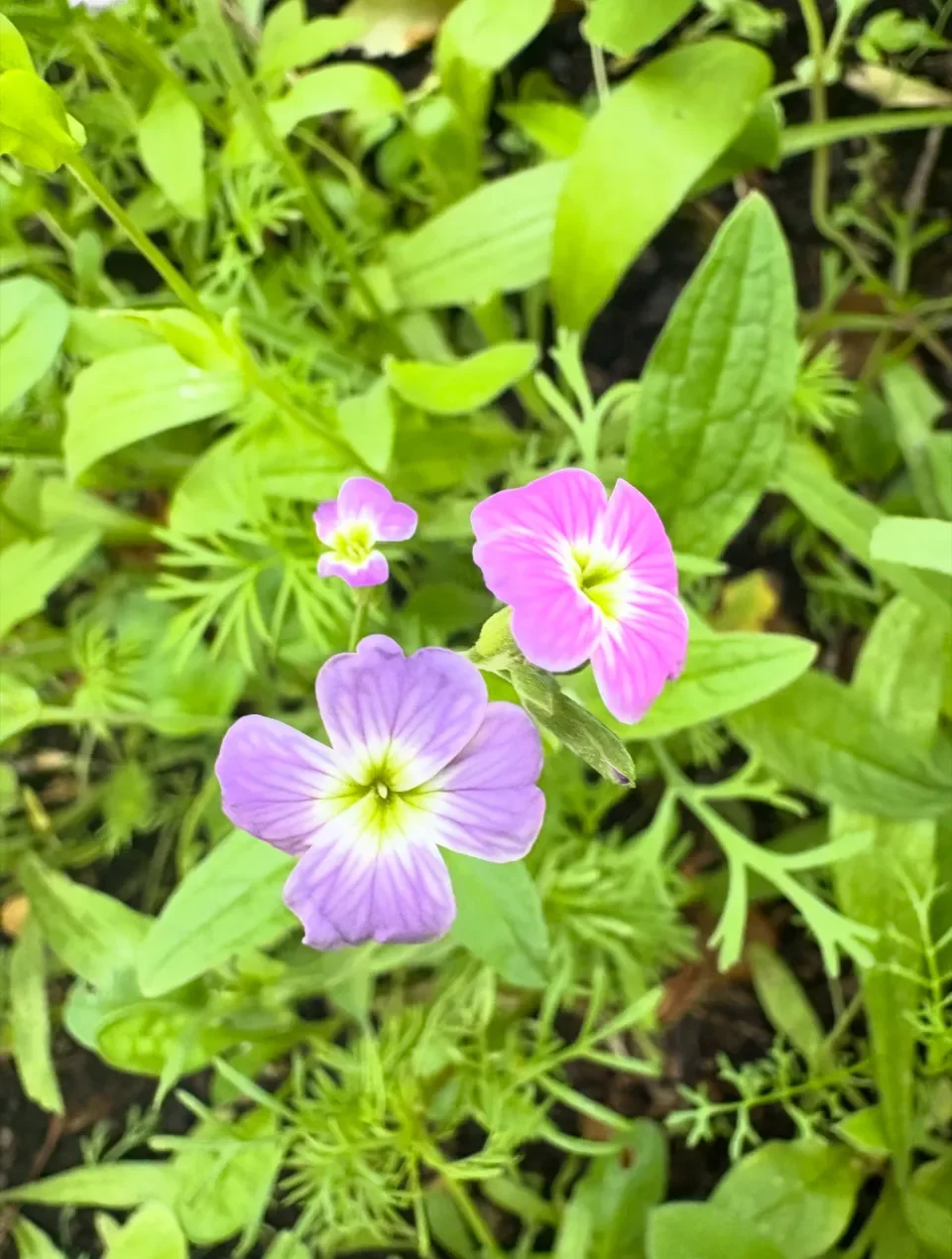Reflections from the Garden: Harm-Reduction and Hope
This blog was originally posted on my Substack on May 31, 2025. The original post can be found here.
I’ve been hearing a lot about harm reduction lately, and specifically have heard some criticisms of harm reduction as being nihilistic. I think I‘m seeing a fundamental misunderstanding (whether from the critics or from other harm-reduction practitioners) about what harm reduction is in these dialogues.
Harm reduction should not be thought of, understood, or utilized only in the context of “end of life care” or “palliative care.” It may be appropriate to use in those situations, but it is not only or primarily for these situations, and seeing it as such is not in line with the underlying values of a harm reduction approach.
Harm reduction is not about giving up hope. It is not the lesser of two evils. It is not about deciding that a client has no hope of recovery and trying to give them the best possible quality of life while giving up hope for recovery.
Harm reduction is about radical trust in the power of freedom to help us heal. It’s about challenging the urge to use shame as a motivator for recovery. It’s about challenging the idea that one person can take another person’s power away “for their own good.”
I don’t practice harm reduction with folks because I believe that they will never stop [self harming; using eating disorder behaviors; using substances; etc.]. I choose to radically accept that folks (my clients, but also my loved ones and my self) have the right to make choices about their bodies and their lives. I believe that protecting that right to autonomy is more healing than attempting to impose my beliefs about healing onto someone else.
Harm reduction is not an afterthought. It is not a last ditch approach only for folks with what the system calls “Severe and Enduring Eating Disorders (SEED).”
The psychiatric industrial complex has an interest in framing harm reduction as end of life care, because it profits off the incarceration of folks in higher level of care treatment facilities, and specifically it profits off the “revolving door” phenomenon where clients are reliant on higher level of care and continuously entering and leaving treatment.
Harm reduction, if accepted by the masses, would be a huge hit to the profitability of treatment centers, so it has an interest in twisting narratives about harm reduction as being reserved only for clients who “fail” that system of care.
It co-opts harm reduction to prevent it from being used to support folks earlier on in their healing journeys, and then to stigmatize folks who don’t heal through its system of coercive care [two birds; one stone].
Do not buy this vision of harm reduction as being only for “hopeless cases.” Harm reduction is not (only) for these cases. In fact, harm reduction work is, must be, rooted in the belief that there is NO SUCH THING as a hopeless case. I believe in holding radical hope, even as we contend with unimaginable grief.
I refuse to buy into the capitalist narrative that harm reduction is a niche intervention for individuals who are “too sick” to be healed in conventional treatment centers. I refuse to buy into that narrative for the same reason that I refuse to attribute my own healing to the time I spent in treatment centers that used coercive care strategies.
I met wonderful providers in treatment, who I did excellent work with. And while those individual human relationships have been profoundly important for my healing journey, the psychiatric industrial complex is not responsible for that healing work. I healed in spite of the ways coercive care harmed me, not because of coercive care. It was harm-reduction, and care from providers who respected my autonomy, my dignity, and my humanity, who helped me find growth and healing.
I don’t just envision a world where people who don’t succeed in traditional treatment centers have access to harm-reduction-focused care. I envision a world where no human is subjected to coercive and carceral care in the hopes that it will heal them.
I envision a world where clients can tell their therapist the truth about how they are feeling, without having to fear that they will be incarcerated.
I envision a world where people with eating disorders do not routinely have their autonomy taken away as a normative part of the healing process.
I envision a world where clients aren’t gaslit by treatment centers that tell them not to measure their worth by numbers on a scale one day, and then are cut from treatment by their insurance companies, because of a number on a scale, just the next day.
Harm reduction is not about hopelessness. It’s not nihilism. It is–it must be–the opposite. Harm reduction requires us to hold radical hope for the future. It requires us to envision a world where our clients (and our selves) can heal, not so that we can be free in the future, but because we deserve to be free, right now.
This blog was originally posted on my Substack on May 31, 2025. The original post can be found here.
